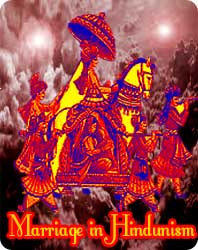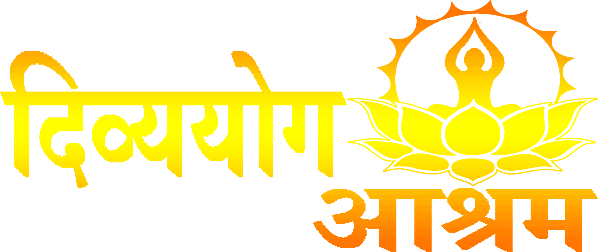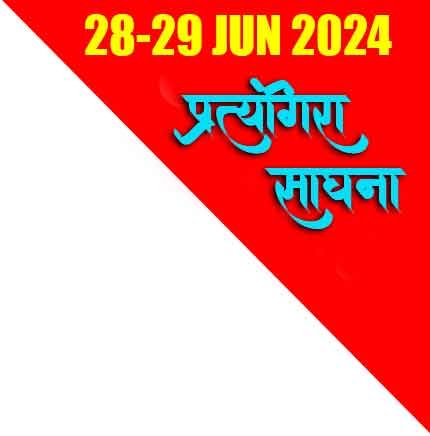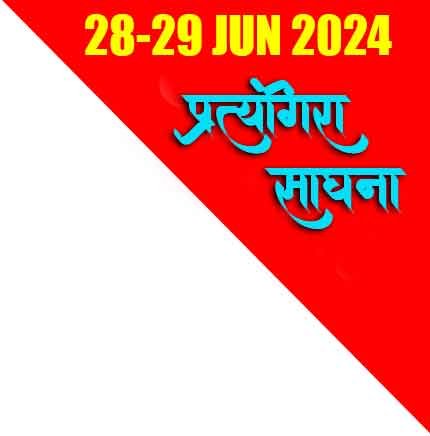Type of marriage in Hinduism
 There is 8 sorts of marriages, in
accordance with the Hindu regulation books. Brahma Vivah, Daiva Vivah, Arsha
Vivah are among the most important types of marriages in Hinduism. The totally
different types of marriage are described as under:
There is 8 sorts of marriages, in
accordance with the Hindu regulation books. Brahma Vivah, Daiva Vivah, Arsha
Vivah are among the most important types of marriages in Hinduism. The totally
different types of marriage are described as under:
Brahma Vivah :(ब्रम्ह विवाह)
The daughter is wearing a single gown
and married to a person who's realized in the Vedas; her father readily
invitations and receives the bridegroom and his household respectfully. This
nuptial is known as Brahma. After the bride and the bridegroom took thorough
education in Brahmacharya Ashrama and when each conform to spend their life
collectively, the father of the bride provides his daughter to the bridegroom
within the type of a gift. Often carry an enormous quantity of ornaments. This
ceremony was earlier not a lot known among the many Brahmins, however now it's
carried out by all castes of Hindus.
Daiva Vivah: (दैव विवाह)
In one of these marriage, the father
gives away his daughter together with heavy ornaments to a priest; this priest
performs the sacrifice Yajna. Such marriages have been more frequent in earlier
occasions, when Yajna was a significant a part of the daily actions of Hindus.
Arsha Vivah: (अर्श विवाह)
In any such marriage, the bridegroom
gives a cow and a bull to the daddy of the bride and the father as a substitute
gives his daughter in marriage. This change of the cow and the bull was thought
of as a spiritual ritual and as a token of gratitude to the father in law. The
groom can be obliged to him to meet the obligations of Grihasthashram.
Prajapatya Vivah: (प्रजापत्य विवाह)
This sort of joint efficiency of sacred
duties by a person and a girl known as the Prajapatya marriage. In keeping with
the founder of Arya Samaj, Swami Dayanand Saraswati, the father presents his
daughter to the bridegroom, by addressing the couple a few of the mantras of
value.
Asura Vivah: (असुर विवाह)
It is a kind of marriage where the
bridegroom pays the value to the daddy or kinsmen of the bride. The bridegroom
decides the price in response to the place of the bride’s household in society.
This type of marriage remains to be fashionable amongst the low caste Hindus and
another tribes of India.
Gandharva Vivah: (गंधर्व विवाह)
Mutual love and consent between bride
and the bridegroom brings about this type of marriage. This sort of marriage is
a voluntary union of a maiden together with her beloved. Mother and father and
kinsmen do not play any role in such marriages. Sexual activity earlier than
marriage additionally could happen between the couple. It isn't regarded as a
prohibition for his or her following marriage. Kama Sutra says this sort of
marriage to be a great one. Hindu mythology literature has such sort of
marriages in abundance. Among the well-known mythological pairs are Bhima with
Hidimba; Dushyant and Shakuntala; Kamdeva and Rati, Daksheya and Prajapati, Kach
and Devyani, Arjuna with a servant maid and plenty of more described in Sukh
Sagar.
Swaymvara is one other type of marriage and this existed in historic times. This
type of marriage depicts the selection of a hero as her bridegroom. The royalty
of historic occasions determined to decide on a brave and righteous individual
because the bridegroom. So invites had been sent to the princes and the
chieftains residing close by and to distant kingdoms. The bride was allowed to
pick out one from the gathered ones whom wished to place a garland round his
neck and the wedding was complete.
The wedding of Nala and Damayanti happened on this process. Within the nuptial
knot ceremony of Prithviraj and Sanyukta, the bride had put a garland around the
neck of a statue of Prithviraj. In some specific circumstances, a take a look at
was given to be accomplished by the competitors and the winner won the bride.
This method was adopted in Ramayana too; when Rama pulled the twine of Siva’s
bow and married Sita. In Mahabharata, Arjuna shot by means of the eye of the
rotating fish on the highest of a shaft to marry Draupadi.
Swaymvara is often not included within the eight types of conventional
marriages. Nevertheless it shares a detailed resemblance with Gandharva
marriage. In one of these marriage, it is usually allowed that, the daddy
permits his daughter to decide on her husband. Later, love and courtship comes
alongside the way. In such circumstances, an ardent couple might need entered
right into a union with out getting into the religion-legal formalities. This is
quite common throughout wars. Afterward, the union was legalized by means of a
correct ceremony, thus it was an authorised form.
Rakshasa Vivah: (राक्षस विवाह)
Capturing the bridegroom made this sort
of marriage. Historical tribes appeared upon girls as prizes of war, a part of
the loot in a good fight. This kind was fairly frequent in lots of different
early civilizations. It pleads the warrior of intuition of the Kshatriya, and
was largely practiced by them. The supply of this type of marriage most likely
got here from the non- Aryans. Hindu scriptures described this sort of marriage
as forceful seizure of a maiden from her home. The bride used to cry, weep and
scream whereas the act. Ladies, thus, have been the explanation of many fights
and battles in historic times.
Paishacha Vivah: (पिसाच विवाह)
This was essentially the most horrible
type of all forms of marriages. On this the bride was not only kidnapped however
she was first molested or stolen amidst her tribe. Normally when her relations
were asleep, or in a state of intoxication throughout a tribal festival, this
act was carried out in stealth. This manner is unanimously damned. This type of
marriage was most prevalent among the many Hindu Sutras. By recognition of this
type of marriage was only that the kids had been thought to be legitimate.
In response to Kautilya shastra, of those eight varieties of marriage, only the
primary 4 (Brahma, Daiva, Arsha and Prajapatya) carry the ancestral ethnicity of
previous and are appropriate on their being accepted by the father. The
remainder of the marriages had been primarily based on receiving cash or
torturing the bride.














